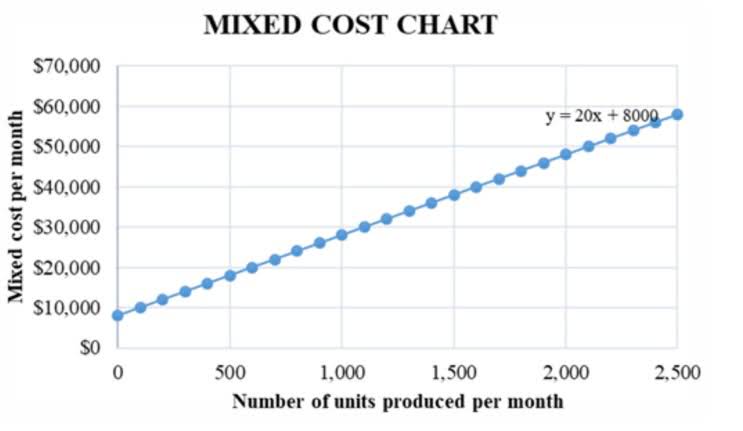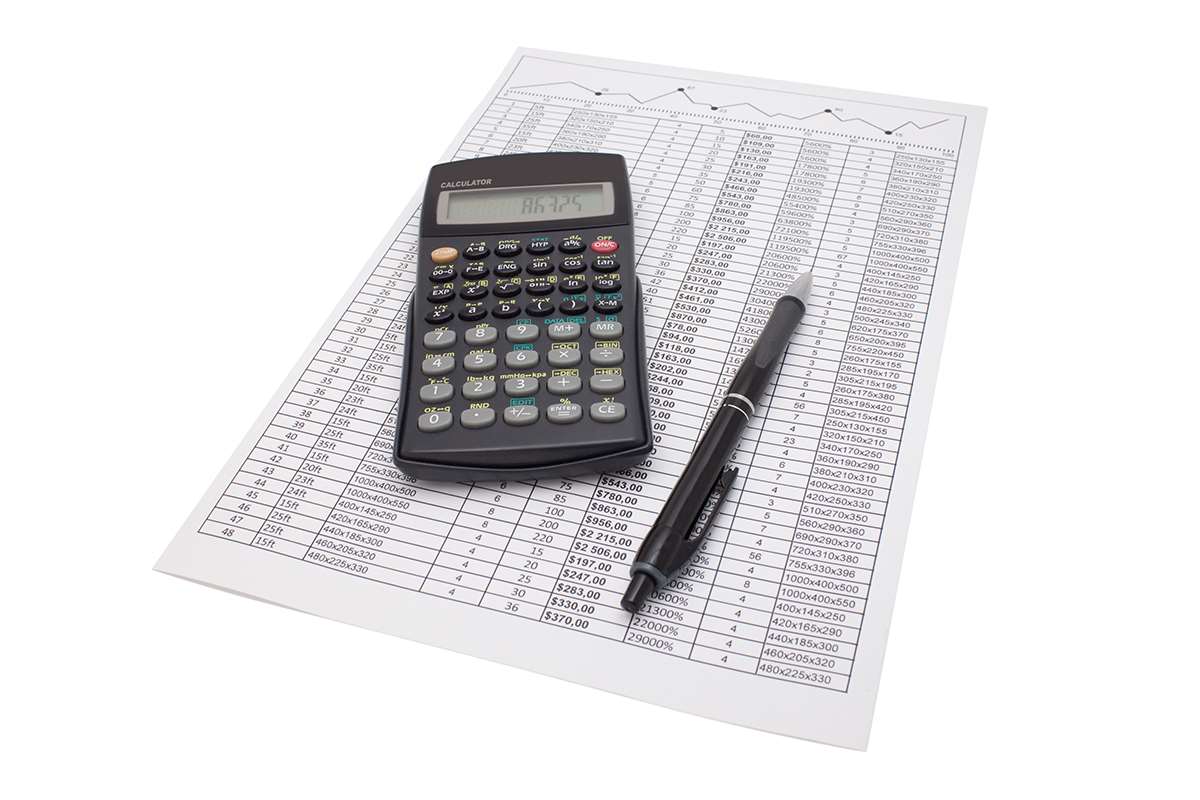Percentage of Receivables Vs Percentage of Sales Chron.com

The greatest disadvantage is that advertisers disagree that sales should determine advertising, instead feeling that advertising actually drives sales. Frank had a holiday hit selling disco ball percentage of sales approach planters online and he wants to know what his expenses and assets will look like if sales keep going up. When performing any financial calculations, accurate data is your number-one priority.
Why is the Percent of Sales Method Important?
The percent of accounts receivable method is used by businesses and business sectors to determine how much bad debt they expect to incur compared to sales. This occurs for several reasons, but sound businesses need to anticipate some bad debt. If you’re looking at your future finances, examining pieces in isolation isn’t sufficient. The usual forecasting approach is to draw up financial statements for the next quarter, next year and so on, SCORE notes.

How to Use Regression Analysis to Forecast Sales: A Step-by-Step Guide

If your business needs a very rough picture of its financial future immediately, the percent of sales method is probably one of your better bets. The alternative to the allowance method is the direct write-off method, under which bad debts are only written off when specific receivables cannot be collected. This may not occur until several months after a sale transaction was completed, so the entire profitability of a sale may not be apparent for some time. The direct write-off method is a less theoretically correct approach to dealing with bad debts, since it does not match revenues with all applicable expenses in a single reporting period. To calculate the percentage of sales to expenses, you first need to collect all the numbers. Calculate your total sales for the period and then calculate the total costs for that same period, HubSpot explains.

How to Prepare Budgetary Financial Statements
She operates a specialty cake, army bed, cinnamon roll shop called “Bunsen’s Bundt, Bunk Bed, Bun Bunker” or “B6” for short. We’ll use her business as a reference point for applying the percent of sales method. The method also doesn’t account for step costing — when the cost of a product changes after a customer buys a quantity of that product over a discrete volume point. For instance, if a customer buys a product from a business that has a step cost at 5,000 units, then every unit beyond those first 5,000 comes at a discounted price. M.E.D.D.I.C. is a B2B sales methodology developed in 1996 by businessman Dick Dunkel. It was designed to help Dunel’s company figure out why its salespeople were winning or losing deals.
- Despite the bottom line value of weaving referrals into the fabric of your sales process, very few reps are actively asking for them.
- Doing so allows businesses to create a more accurate picture of their financial health and projected profits.
- The best part of this method is it doesn’t need loads of data to work, just the prior sales and a calculator (or software, if you want to make life easier).
- Subtract that number from your projected end-of-year (or whatever accounting period you’re working in) total sales.
- Some expenses may be fixed, such as rent, depreciation, or salaries, or may change at a different rate than sales, such as advertising, research, or taxes.
- It focuses on actively listening to prospects and thoughtfully brainstorming solutions to their business problems.
- This occurs for several reasons, but sound businesses need to anticipate some bad debt.
More articles on Operating Budgets
That’s what we’ll cover in this guide to the percentage-of-sales method. Especially when it comes to creating a budgeted set of financial statements. Quickly surface insights, drive strategic decisions, and help the business stay on track. Accelerate your planning cycle time and budgeting process to be prepared for what’s next. Sales is a broad concept, so it’s helpful to break it down into the types of sales, highlighting the intricacies and strategies of each. Knowing how each type differs can help you choose the career path in sales that’s right for you.
As an illustration, pharmaceutical reps focus on a specific high-value practice. They may, for example, sell blood pressure drugs to a few highly-reviewed cardiologist practices in a specific metro area. To get started, you’ll need to find and recruit channel sales partners that align with your business strategy.
What is white space analysis? The ultimate guide to addressing unmet customer needs
If you’re interested in starting a career in sales, you’re in the right place to learn the fundamentals. We’ll dig into the types of sales, common methodologies, and the qualities that make great salespeople. Understanding this can help companies prepare for, and handle the change. Statistics show what kind of people will succeed in the sales industry which can help inform the hiring process. Teams need to collaborate using content to not only educate and engage buyers, but to also enable sales reps to become effective closers.

The percentage-of-sales method works by applying a set percentage of a company’s budget to advertising. The actual dollar amount to advertise each product is based on the amount of sales for that product or its market share. The advantages of this method are that it keeps strong products well-advertised and that it can be changed at each budget based on actual sales or future forecasts. Fixed payments, such as rent and internet, don’t change, regardless of how much or how little you sell.
- To calculate the percentage of sales to expenses, you first need to collect all the numbers.
- That’s because they often involve high-value products and services which take time to sell.
- One of the main disadvantages of the percentage of sales method is that it can be inaccurate and oversimplified.
- This takes the credit sales method a step further by calculating roughly how much a company can expect not to be paid back from customers if they haven’t paid their credit sales after 90 days.
- You can apply the percentage-of-sales method to any account that historically correlates with sales revenue.
- Statistics suggest that one of the largest growth levers of inside sales is the opportunity it presents a company to be a “first responder”.
While the method is simple and easy to apply, it’s essential to be aware of its limitations and complement it with other forecasting techniques for a comprehensive financial strategy. Understanding and utilizing the Percent of Sales Method can help learners and professionals alike make informed and strategic business decisions. Ultimately, the percent of sales method is a convenient but flawed process of financial forecasting.
- That’s why it’s critical for companies to consider outside sales, even if remotely selling seems to be growing in popularity.
- This includes things like accounts payable, accounts receivable, cash, cost of goods sold (COGS), fixed assets, and net income.
- It allows you to adjust your expenses according to the changes in sales revenue, which can help you maintain a healthy profit margin and cash flow.
- As a result, the way businesses generate and nurture leads is changing.
- Credit sales carry a great deal of risk despite their convenience, including processing fees.
- Since their office is remote, they use tools such as laptops or tablets and carry digital samples/demos, brochures, and price lists.